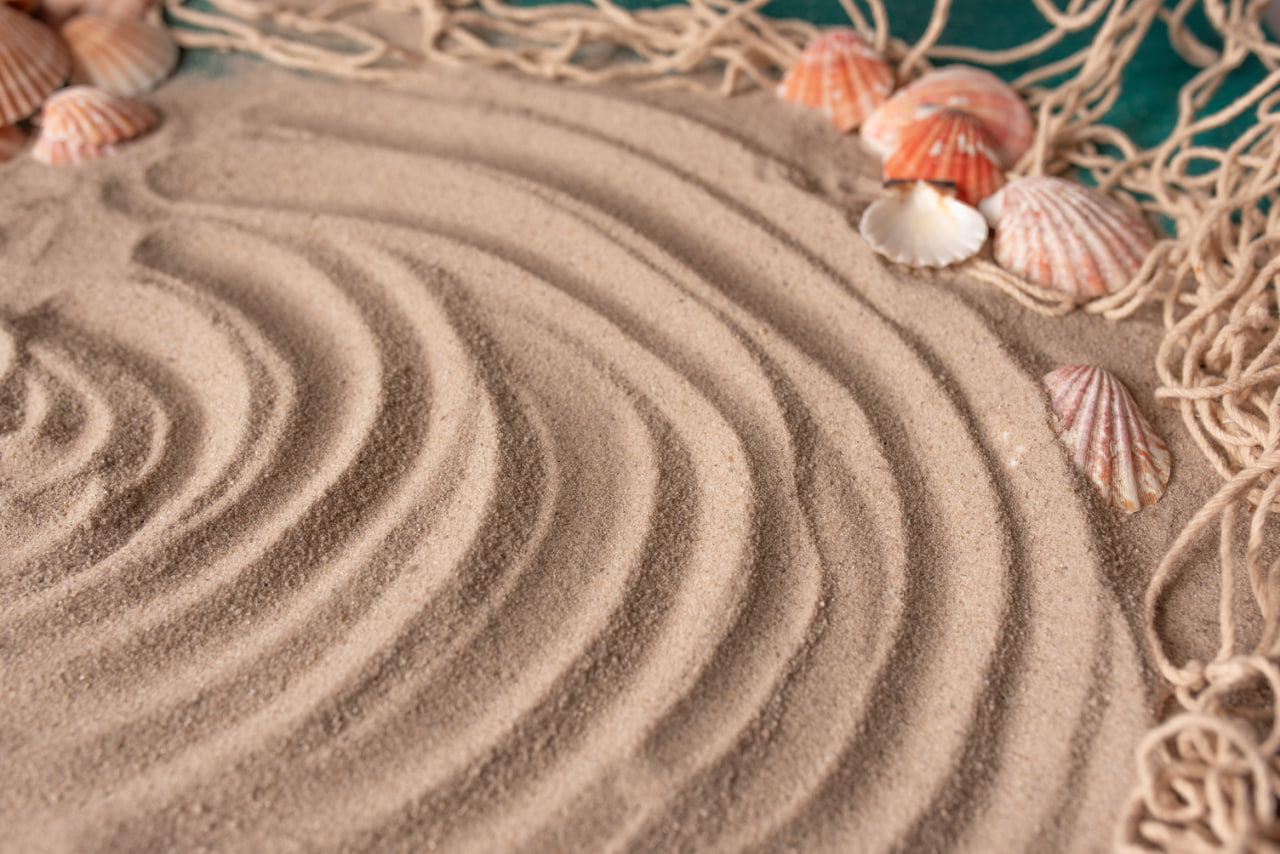Sand animation is a captivating art form that blends performance, storytelling, and visual expression. It is more than just moving grains of sand on a light table; it is the creation of images that transform in real time, forming a flowing narrative before the eyes of an audience. To fully appreciate the beauty of this art, it is worth looking back at its origins and understanding how it has evolved into the modern performances we see today.
Ancient Roots of Sand Art
The history of using sand for artistic expression can be traced back thousands of years. In ancient cultures, sand drawings were used not only for decoration but also as symbolic representations of myths, rituals, and traditions.
Indigenous communities in Australia, Africa, and the Americas often created temporary patterns in the sand to convey stories, pass down knowledge, or honor spiritual beliefs. These artworks were fleeting, erased by the wind or waves, yet their impermanence made them powerful symbols of life and nature’s cycles.
In Asia, Tibetan monks developed intricate sand mandalas, which are carefully constructed over days or weeks and then ritually dismantled, symbolizing the transient nature of existence. Such practices reveal how sand has long been connected to spirituality, meditation, and storytelling.
The Birth of Sand Animation as Performance
While ancient traditions laid the foundation, modern sand animation as we know it began in the 20th century. Artists discovered that by using a backlit glass surface, they could move sand with their hands to create images that shift seamlessly from one to another. With the rise of film and live performance, these transformations became part of a new artistic language.
In the 1960s, experimental filmmakers explored sand as a medium for animation. Later, performers began showcasing live sand art on stage, accompanied by music, narration, or theatrical elements. What once was a private form of expression grew into a public spectacle, capable of captivating large audiences.
Sand Animation in the Modern Era
Today, sand animation is recognized worldwide as a unique fusion of fine art and performance. It has appeared on talent shows, in theaters, at cultural festivals, and even in advertising campaigns. Artists from different countries bring their cultural heritage and personal style into their performances, making the art both global and deeply individual.
Modern technology has also expanded the possibilities of sand animation. High-definition cameras, projectors, and digital editing allow artists to share their work with audiences far beyond a live performance. Online platforms have created opportunities for sand art videos to reach millions of viewers, inspiring new generations of learners.
Why Sand Animation Captivates Audiences
The magic of sand animation lies in its impermanence. Every image appears only for a moment before it is transformed into something new. This constant change keeps audiences engaged, waiting to see how the story will unfold.
It also combines multiple art forms at once: the visual beauty of drawing, the rhythm of performance, and often the emotional impact of music. Together, these elements create a multisensory experience that is as moving as it is memorable.
The Future of Sand Animation
As more people discover the beauty of sand art, the future looks bright for this expressive form. Artists continue to experiment by blending sand animation with digital projection, augmented reality, and other modern tools. At the same time, traditional methods remain cherished for their raw, human connection.

